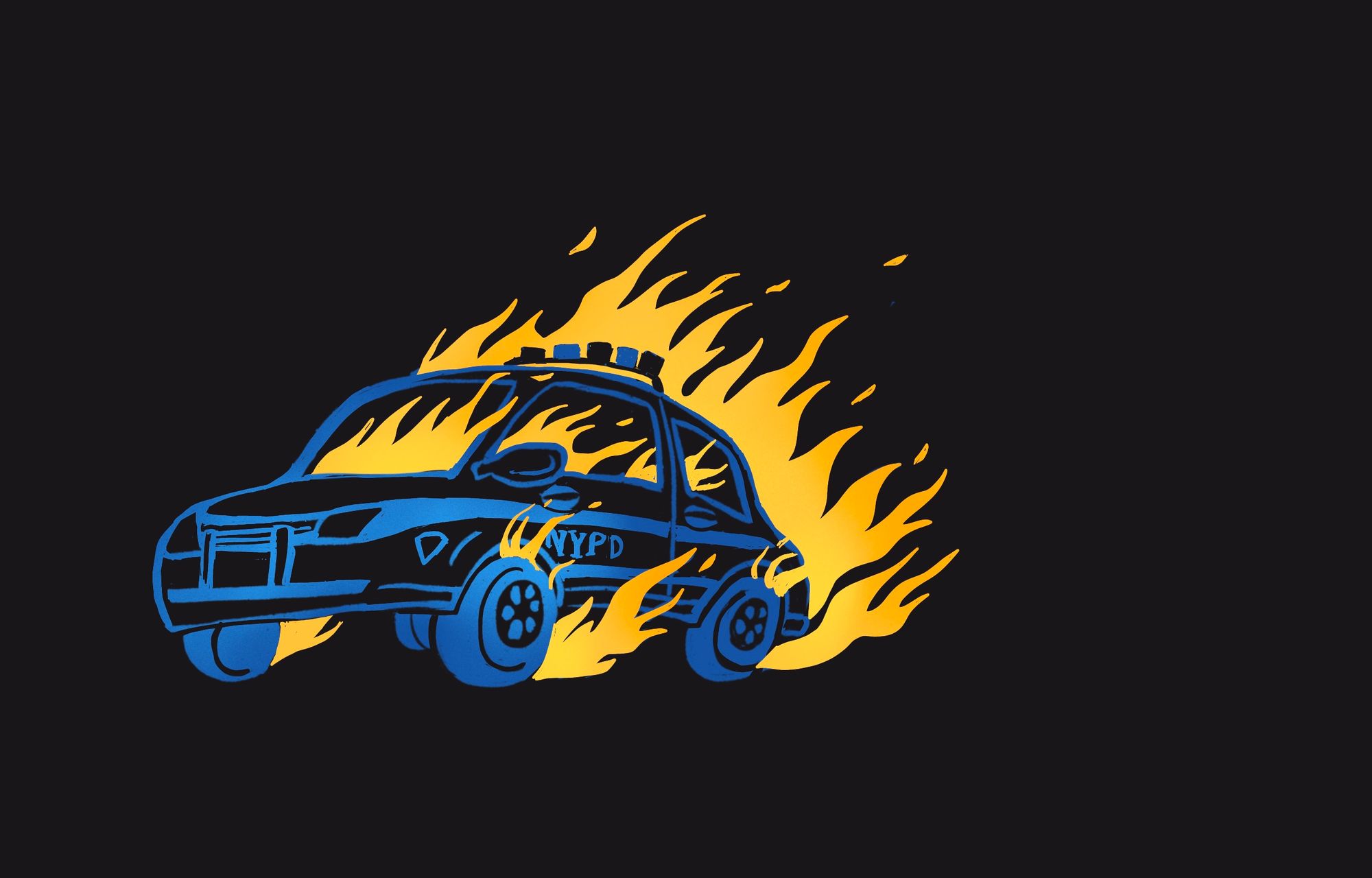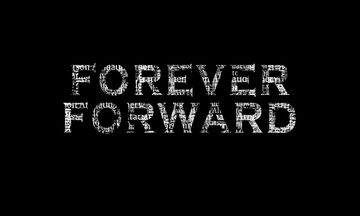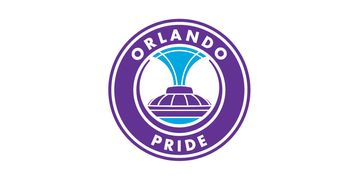Editor's note: While the Victory Press has obviously been a sports publication for five years, we find right now that sports content – even the social justice- and equity-focused sports content that we normally publish – is inappropriate for what is going on in the world right now. This piece is by New York City-based activist Marian Jones, and it's about why rioting works as a political process. – Zoë
Original art by Colleen Tighe. Image description: A drawing of a blue NYPD cruiser on a black background, engulfed in orange flames.
Following the May 25 murder of 46-year-old black man George Floyd by Minneapolis police officer Derek Chauvin, protests erupted around the country for over a week. Those demonstrations often escalated into riots after sundown when violent confrontations with the police, looting, mass property damage, and fires begin. Beyond the emotional catharsis, violent protest serves an important political function. Yet, common wisdom says property destruction lowers popular support for reforms, rioting and setting police cars on fire has no rational purpose and is in fact perpetuating the same violence that killed George Floyd. Our elected officials tell us that it's counterproductive, that the people protesting are outside agitators out to harm the very communities that need healing, and that riots are needlessly polarizing since both major political parties support police accountability. Political change, we are told, only happens when we work within the proper political channels, channels that have repeatedly failed to stop the unjust killing of black people by police. These criticisms fail to get deeper into the historical continuity between riots of the past and present.
Conveniently, it also leaves out the fact that rioting and collective acts of violence get results.
Take, for example, the 1992 Los Angeles riots. LA underwent five days of looting, arson, destruction of retail stores and businesses, and random acts of violence. 63 people were killed and the riot caused more than $1 billion in damages. Even with the panic and damage caused by the uprising, less than a month later voter registration in LA went up as did support for increasing funding for public schools. A 2019 study of the riots found that violent protests increase local popular support for policies and goals of protesters by building public sympathy and mobilizing people to engage in formal political channels.
More recently, in 2014, Ferguson, Missouri was roiled by intense protests after the murder of Michael Brown by officer Darren Wilson. Although a grand jury decided against indicting Wilson, the DOJ did launch an extensive investigation into the Ferguson Police Department. This investigation uncovered a massive ticketing-writing campaign in Ferguson's black neighborhoods which the city used to fill its budget gap. The investigation brought awareness to the fact that localities around the country use the over-policing of black communities to balance their budgets.
Small, local acts of rebellion often lead to small, local reforms, as well as changes in the opinion of those in the immediate area of the riot. But large, widespread, and militant riots have the ability to get bigger and longer-term concessions. In Being Numerous: Essays on Non-Fascist Life, Natasha Lennard argues that the major urban riots of the 1960s are what forced Presidents Kennedy and Johnson to initiate programs aimed at closing the racial wealth gap. The '65 Watts riot, the '67 Detroit riot, and the riots that erupted in over 120 cities following the assassination of Martin Luther King Jr. in 1968 all involved scores of black people taking to the streets to loot and burn down businesses. According to the author of Blacks in and Out of the Left, Michael C. Dawson, this was a period when the slogan "No Justice, No Peace, had some teeth to it." The long arc of history actually requires chaos and wreckage and dismantling on a mass scale before it can bend towards justice.
Writing in The Atlantic, Matthew Desmond discusses the radical responses to protests of the '60s. While the majority of white people viewed the black rioters as apolitical looters, black people saw the riots as a way to meet the daily violence of being black in the US with its equivalent. Lawmakers responded by offering better educational and social services for urban-dwellers. As Desmond notes, politicians irreverently referred to these improvements as "antiriot insurance." One year after the Detroit riot and the riots following King's assassination, Congress finally passed the Fair Housing Act of 1968. Afterward, the back to back riots of the 1960s were replaced with carefully orchestrated, non-violent demonstrations led by non-profit organizers with the proper permits and commitments to authorities to comply with all laws.
It took 170 looted businesses, 3 incinerated police precincts, and millions of dollars in property damage before George Floyd’s murderer was taken into custody and charged with third-degree murder and manslaughter. As noted by Raven Rakia in the 2013 essay "Black Riot": "nothing gets the attention of the elite like taking away or destroying what they value above all else: property." We don't know for sure if Derek Chauvin would have been arrested without the national attention brought by the protests, but police rarely go to trial for murder.
The rioting has also led to national conversations on defunding police, something abolitionists have advocated for a long time. Defunding the police is a genuinely non-reformist reform with the potential to directly undermine policing and the prison industrial complex. People outside of abolitionist circles are finally starting to ask what would it mean if cities dramatically decreased police budgets and increased spending on conflict resolution, education, healthcare, mental health services, transportation, welfare, and housing.
The most powerful tools we have for resisting oppression are our numbers, our ability to withhold our labor, and our willingness to withdraw our consent or use physical force. Rioting is the most militant political activity on the same spectrum as peaceful protest, voting, lobbying elected officials, or canvassing. If, and when, localities around the country begin cutting public spending on police, the peaceful protestors, the violent agitators, the looters, the arsonists, the vandals, and the voters will all deserve some thanks for their political activities. It is because of the crowds, the property damage, the arson, and, yes, the looting that our demands for a better world have become too loud to ignore.



